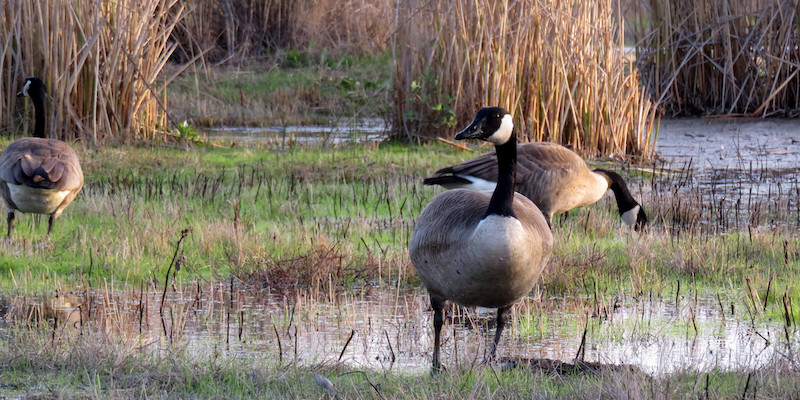Protecting the environment isn’t just about saving the planet. It’s about saving ourselves. It’s about being responsible custodians of nature not just for its own sake (though that’s important too), but so we can keep relying on it…instead of sucking the life out of everything we can like there’s no tomorrow, leaving a world that’s too inhospitable for us to live on in any sort of comfortable civilization.
Tens of thousands of years on, the planet will recover from just about anything we throw at it, as long as we stop messing things up at some point (like, say, dying back to subsistence level as famines and wars over the remaining resources kill us off). It may take longer for biodiversity to recover, but it will happen eventually, as it has after each great extinction event — though always taking new paths to replace the possibilities that didn’t make it.
But I don’t have 10,000, 100,000, or a million years to wait for things to recover, and neither do you.
I miss the optimism of the 1990s, when the message I got was “Things are messed up, but we can fix them.” Remember when we were more worried about running out of oil than about the effects of burning it? Now the message I keep seeing is, “Too late! We’re all screwed!” Especially with large entrenched interests trying to not just fight the gains we’ve made since the 1970s, but actively roll them back.
Maybe we can’t solve the problem completely anymore. But at least we can try to mitigate it a little.

